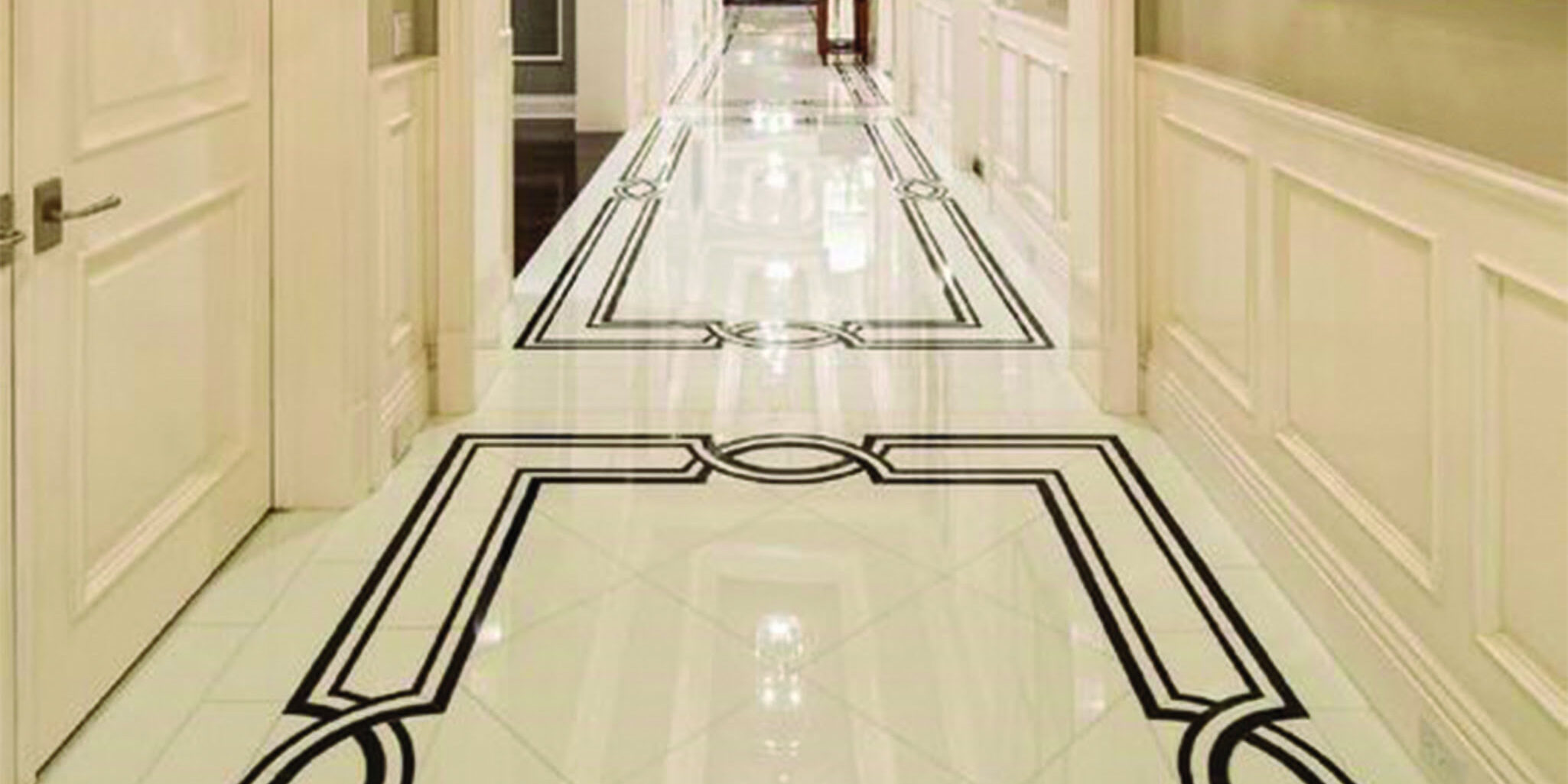Egyptian Limestone vs. Granite:
Comparing Characteristics, Uses, and Benefits
Natural stones such as Egyptian limestone and granite have been utilized for centuries in various architectural and design applications due to their distinctive characteristics and aesthetic appeal. In this all-inclusive guide, we will explore the variances between Egyptian limestone and granite. We will compare their formation, composition, appearance, durability, maintenance requirements, applications, pricing, environmental impact, and design considerations.


Formation and Composition
Egyptian limestone is a type of sedimentary rock that forms over millions of years from the accumulation of skeletal fragments of marine organisms. This rock is light in color and has a softer appearance, mainly composed of minerals such as calcite and aragonite.
On the other hand, granite is an igneous rock that forms from the slow crystallization of molten magma deep within the Earth’s crust. This rock consists primarily of quartz, feldspar, and mica, giving it a dense and durable structure with various colors and patterns.
Appearance and Aesthetics
Egyptian limestone is known for its cream or beige color with subtle veining and fossils, which adds a warm and inviting look to any space. It has a softer appearance and is often used to create a relaxed and natural ambiance in both interior and exterior spaces.
Granite is renowned for its striking appearance and is available in a wide range of colors such as black, gray, pink, and red, with unique patterns and veining. Its polished surface enhances the colors and depth of the stone, making it a popular choice for high-end applications.

